February 28, 2011
February 25, 2011
The definitive recognisable image of Thailand
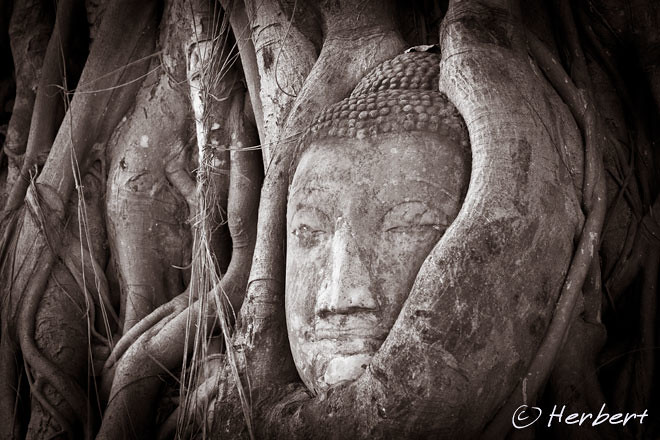
Location: Wat Mahathat, Ayutthaya, Thailand (14°22'14.81"N 100°33'38.23"E)
Date: 26 October 2009, 10.15am
Camera: Canon 400D with Sigma 17-70/f2.8-4.5
Wat Arun may be the most publicised and recognisable image of Bangkok, but to me, without a doubt the severed Buddha head statue embedded in the roots of a banyan tree at Wat Mahathat, Ayutthaya is the definitive image that most people can immediately identify as Thailand. This is one destination that I would recommend all travellers to visit, apart from all the popular spots in Bangkok (such as the Grand Palace and the various Wats). Ayutthaya is such a laidback town, not unlike other rural towns in the agriculture heartland of Thailand. As it is so close to Bangkok, it is a good place to have a feel of the non-urbanised Thailand if one has no plan to travel to the rural areas.
February 23, 2011
Misty morning, blue sky and lake, snow mountains and a green island
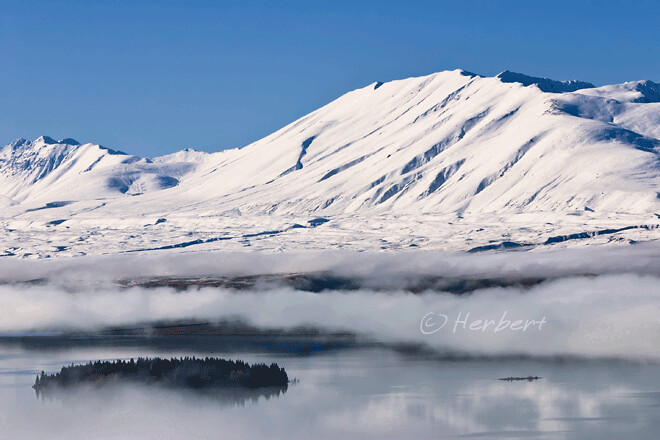
Location: Motuariki Island, Lake Tekapo, South Island, New Zealand (S43°56'22'' E170°31'36'')
Date: 26 May 2009, 11.10am
Camera: Canon 300D with EF 70-200/f4 IS L
The MacKenzie Country area od the South Island is an area of unparalleled beauty even in a country of so many spots of immense beauty. The most well-known spot around here is the scenic Lake Tekapo; but there are so many lakes around here to explore. All of these places are pretty as the snow-covered Southern Alps is always there as the backdrop. An example is Lake McGregor; another is this little tree-covered island sitting in the striking blue glacial-fed waters of Lake Tekapo. One of the best vantage point to enjoy the panorama is around Mount John Observatory.
February 20, 2011
A Baroque-style mosque that looks more like a church, Galle, Sri Lanka
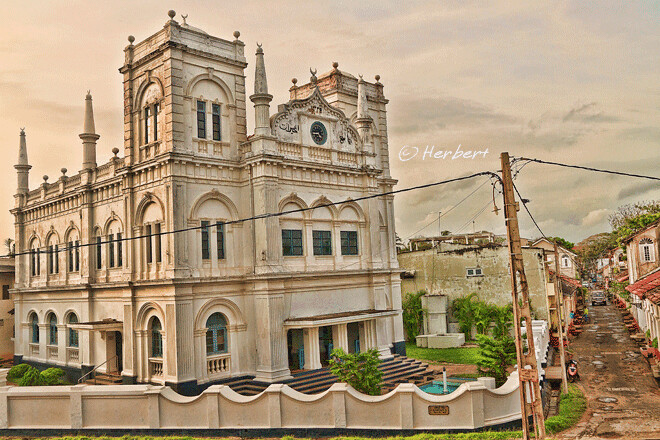
Location: Meeran Jumma Masjid , Galle, Sri Lanka (6° 1' 28.27" N 80° 13' 8.16" E )
Date: 12 October 2010, 4.40pm
Camera: Canon 500D with Sigma 17-70/f2.8-4.5
Galle has some quite interesting architecture gems. The majority of the older buildings- residences, warehouses and so on- are built during the Dutch colonial period. Many of these buildings are being preserved and refurbished into boutique hotels and art galleries. One of the most impressive building in the walled city that is still alive all this while is a Baroque-style mosque, Meeran Jumma Mosque. From the outside, the mosque looks just like a church. The only giveaway are the crescents atop the mosque in front instead of crosses. The mosque originating from 1750s and rebuilt in 1904 had been in continuous use. It is a white building but I reckon it looks cooler and more fun with this HDR rendition.
February 14, 2011
Endangered black rhinos are at risk due to poaching
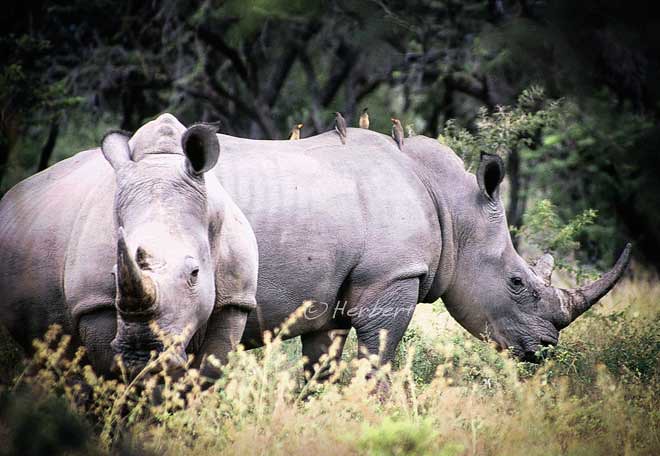
Location: Matobo national Park, Zimbabwe, Africa (20° 33′ 0″ S, 28° 30′ 28.8″ E)
Date: 29 April 2001; 4.15pm
Camera: (analogue) Canon 500N with slides and scanned
Rhinoceros poaching has reached an all-time high. In 2010, 333 rhinos were slain by poachers for their valuable horns, compared to 122 in 2009. Poaching is driven mainly by the demand of the rhino horns in Asia for its perceived medicinal properties. However extensive research and analysis have established that the horns do not contain any medicinal or aphrodisiac effects. One would appreciate the attractiveness of poaching when today weight-for-weight, rhino horn is more valuable than gold. Most of the rhinos poached are white rhinos- which are considered a near-threatened species- but a few endangered black rhinos were also slain. Stopping the poaching has become more difficult as poachers employ high-tech methods such as helicopters, prescription tranquillizers, night-vision goggles and high-powered rifles. Conservationists and game park owners have sometimes resorted to extreme measures to protect the rhinos such as poisoning the rhino horns with cyanide. Anyone consuming a poisoned horn will be poisoned by the cyanide.
February 12, 2011
The Symbol of Nepal- Buddha's Third Eyes
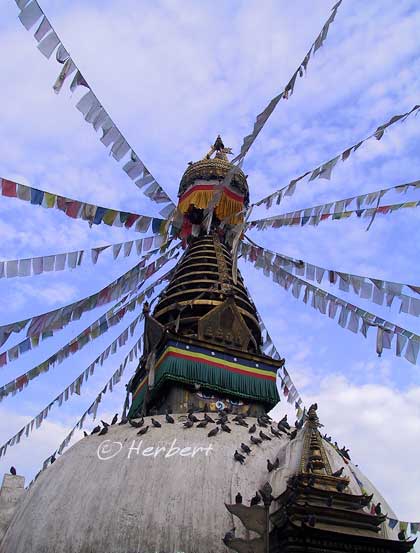 Location: Kathmandu, Nepal (27°42'26.99"N 85°18'43.60"E)
Location: Kathmandu, Nepal (27°42'26.99"N 85°18'43.60"E)
Date: 7 May 2003; 3.20pm
Camera: Canon G1
The Buddha Eyes, also known as Buddha's Third Eyes or Wisdom Eyes symbolizes the omnipresence or all-seeing of a Buddha. In Nepal, Buddha Eyes can be found on virtually every stupa; so prevalent that they are considered the symbol of Nepal itself. This is quite remarkable considering that the majority of Nepalis are Hindus. With each pair of eyes, there is also a curly symbol between the eyes that looks very much like a question mark - this is the Nepali character for number 1 and symbolizes the unity of all the things and the one way to reach enlightenment—through the Buddha's teachings.
February 7, 2011
The old (but not so old) Ganden Gompa, seat of the Gelukpa order, Tibet
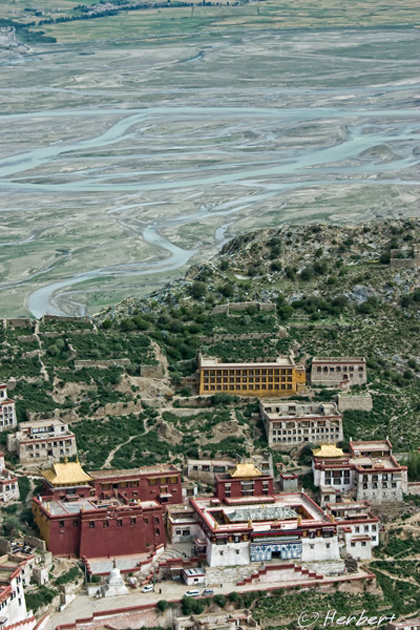
Location: Ganden Gompa, Tibet, China (29° 45′ 28.8″ N, 91° 28′ 30″ )
Date: 18 August 2007, 9.30am
Camera: Canon 400D with Canon 70-200/f4L USM
Ganden Gompa is frequented by travellers to Tibet because of its proximity and easy access from Lhasa. It is situated at 4,300m and has fantastic panoramas of the Lhasa plains and valley. It also has a very interesting history to top off the view. It belongs to the Gelukpa or “Yellow Hat sect” of Tibetan Buddhism of which the Dalai Lama comes from. The monastery is one of 3 Gelukpa monasteries of Tibet. It was the original monastery of the Gelukpa order, being founded by the order’s founder, Je Tsongkhapa himself. His body was preserved and entombed in the monastery until the virtual complete destruction of the monastery by the Red Guards during the Cultural Revolution. Most of his mummified body was burnt except his skull and some ashes which were saved by the monk who was forced to carry the body to the fire. The Gandem Gompa was later re-established by the exile Tibetan population in the Tibetan settlement of Mundgod in Karnataka, India. Meanwhile the original Ganden Gompa in Tibet was reconstructed since 1980’s and more buildings are still being added today, partly due to its popularity on the tourist map. The Ganden Gompa is also one of the few remaining sacred sky burial ground in Tibet.
February 2, 2011
Fountains of the Piazza Navona, Rome, Italy
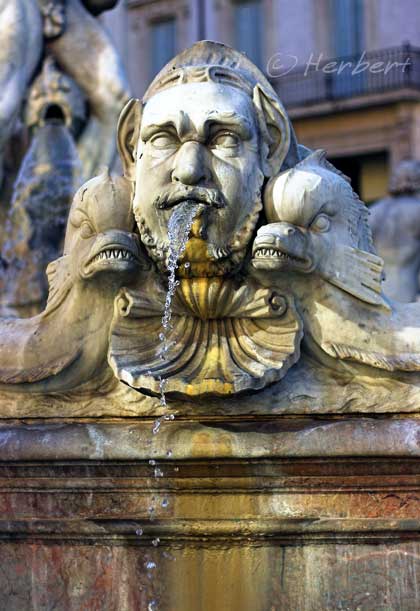
Location: Piazza Navona, Rome, Italy (41° 53′ 56″ N, 12° 28′ 23″ E)
Date: 2 April 2005; 10.40am
Camera: Canon 300D with kit lens
Having said that I do not enjoy visiting cities in the last post, Rome is one of my favourite cities to visit. It is so filled with history, well-preserved in the various buildings, squares, sculptures and just about everywhere one turns in the city. Rome had done a great job in preservation- how I wish city and governmental bodies of historical Asian cities can do even a fraction of the same. Amongst the many city squares in Rome, Piazza Navona is arguably, the most famous and beautiful one. It was built on the site of a former stadium and follows the open form of the stadium, giving an open and vast feeling. Like most places in Rome, despite being built over, remnants of the stadium are still visible around the area. It is one of Rome's liveliest squares, with many outdoor cafes, restaurants and night clubs in the neighborhood. The square has a few famous structures including the Fountains of the Four Rivers and baroque Church of Sant'Agnese in Agone.

















